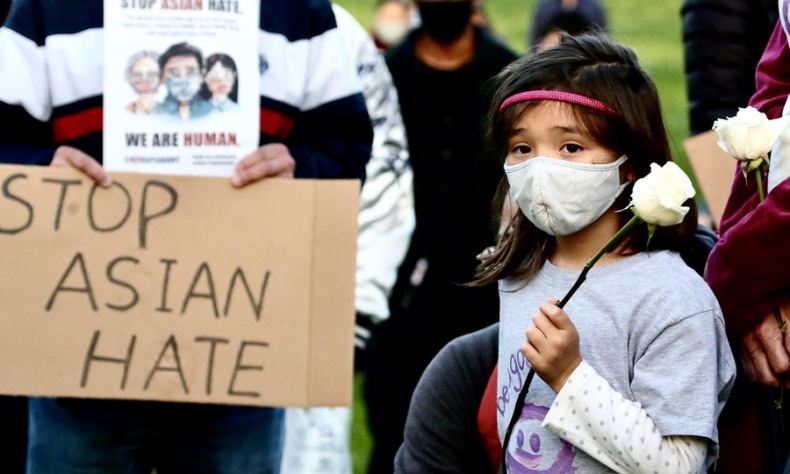The Intertwined Problems Behind Mass Shootings in US

There is the idea that one might not be safe, that a bullet might come flying out of nowhere. Americans don’t even feel safe in their own homes.
It was only a few days ago that I was writing an article about the shooting spree at spas in Atlanta that left eight dead, mostly Asian American women.
Today I woke up to see a stream of news about a shooting in my home state, Colorado. The reported death toll kept rising. By the time the murderer was being led away, handcuffed, in his boxers, nearly an hour after the carnage began, 10 people had perished.
This kind of horrific mass murder does not happen once a year in some countries. In America, it happens twice in the span of six days.
There’s been a plague of hate crimes against Asian Americans in the past year, including both physical violence and verbal abuse. Of those that were violent, most of the attacks were with fists; some of those, even, were deadly. Then there was the shooting spree in Atlanta.
The problems of violence in the U.S. are all intertwined. They can be classified in many ways, analyzed in multiple frameworks, and endlessly argued about. But at the end of the day, the homicide rate in the U.S. is around eight times higher than that of China and 16 times higher than that of Japan.
Solving one aspect of the problem can help to lessen others. For example, if the Atlanta man hadn’t been able to buy a gun that very same morning with no scrutiny, would he have been able to carry out the attack?
Stricter gun laws that are well-enforced will make racist shootings less likely.
“Mental health” is a problem frequently raised with mass shootings, because anyone who picks up a gun and decides to fire at innocent civilians is not thinking clearly. Some shooters, like the theater shooter, have become completely detached from reality. Their “motives,” as they were, don’t make any sense to a sane person because they are based on conspiratorial thinking. Others have evil motives based on irrational ideologies and racism.
The United States needs to do a better job dealing with mental health and healthcare in general. In the 1960s, many mental health hospitals were shuttered. Over 400,000 patients were released from state hospitals, and it became more difficult to institutionalize mentally ill people who are a danger to themselves and their communities.
This move was down to a combination of pressure from the left, with people concerned about the rights of the institutionalized, and from the right, as penny-pinching politicians tried to cut the government’s budget. But now if someone afflicted with an extremely violent form of depression acts on impulse and gets thrown in jail for life, that wouldn’t be good for either their well-being or the state budget.
From an even broader perspective, crime in general is caused by social decay, declining social trust, people holding the law as illegitimate. More crime, especially the loud, bloody, highly public crimes delivered from the barrel of a gun, further erodes social trust. While mass shootings only making up a small fraction of those deaths, they exert a disproportionate impact on the national psyche.
Lives are cut short. Close to 20,000 Americans died from gun violence in 2020. There is the idea that one might not be safe, that a bullet might come flying out of nowhere. Americans don’t even feel safe in their own homes. The most recent edition of the World Values Survey found that 12.8% of Americans often or frequently do not feel safe at home, due to fears of crime, compared with 8.1% of Germans and 1.9% of Koreans.
What’s happening is not just hate crimes, nor is it just gun crimes — the social maladies compact each other.
 Facebook
Facebook
 Twitter
Twitter
 Linkedin
Linkedin
 Google +
Google +










